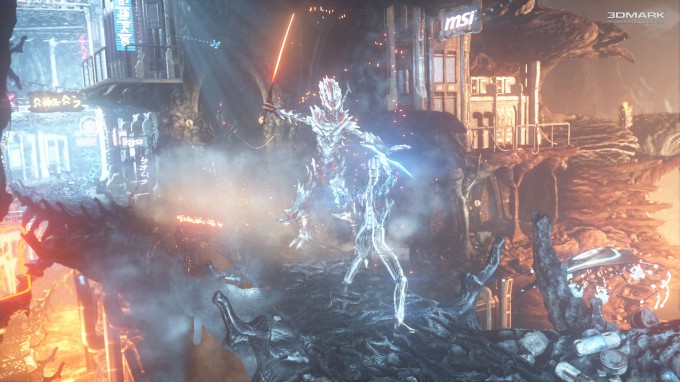- Qualcomm Launches Snapdragon 4 Gen 2 Mobile Platform
- AMD Launches Ryzen PRO 7000 Series Mobile & Desktop Platform
- Intel Launches Sleek Single-Slot Arc Pro A60 Workstation Graphics Card
- NVIDIA Announces Latest Ada Lovelace Additions: GeForce RTX 4060 Ti & RTX 4060
- Maxon Redshift With AMD Radeon GPU Rendering Support Now Available
How Low Should You Go? ASUS Radeon R7 250X Graphics Card Review

After we were done benchmarking AMD’s $110 Radeon R7 260 last winter, we were impressed enough to call it a “console killer” (thanks in part to the ‘next-gen’ consoles having been released not soon before). Will we be able to say the same thing about the R7 250X, a model a mere one-step down? That’s what we’re going to find out.
Page 8 – Synthetic Tests: Futuremark 3DMark, 3DMark 11, Unigine Heaven 4.0
We don’t make it a point to seek out automated gaming benchmarks, but we do like to get a couple in that anyone reading this can run themselves. Of these, Futuremark’s name leads the pack, as its benchmarks have become synonymous with the activity. Plus, it does help that the company’s benchmarks stress PCs to their limit – and beyond.
While Futuremark’s latest GPU test suite is 3DMark, I’m also including results from 3DMark 11 as it’s still a common choice among benchmarkers.
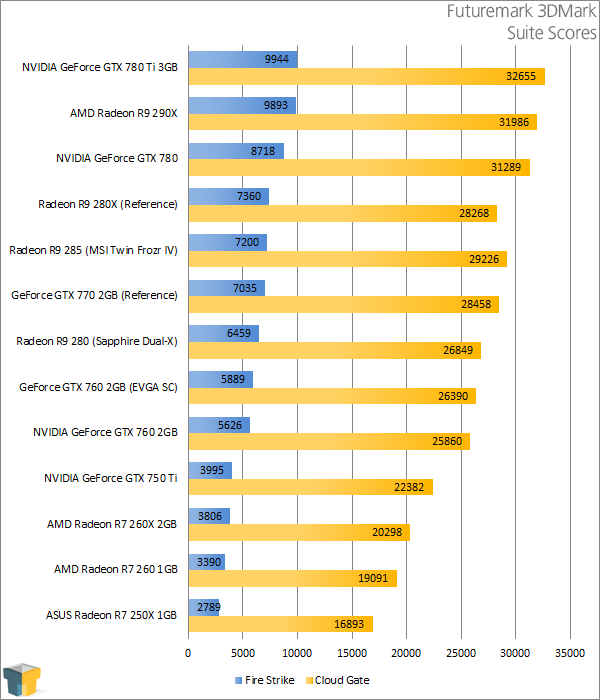
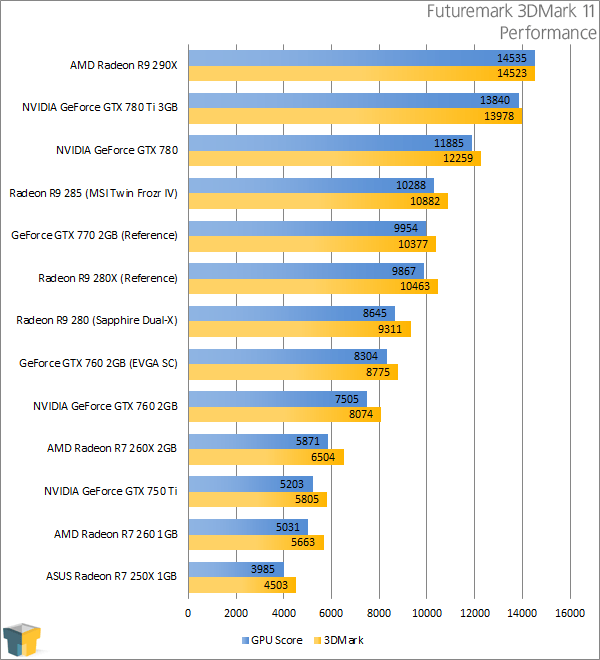
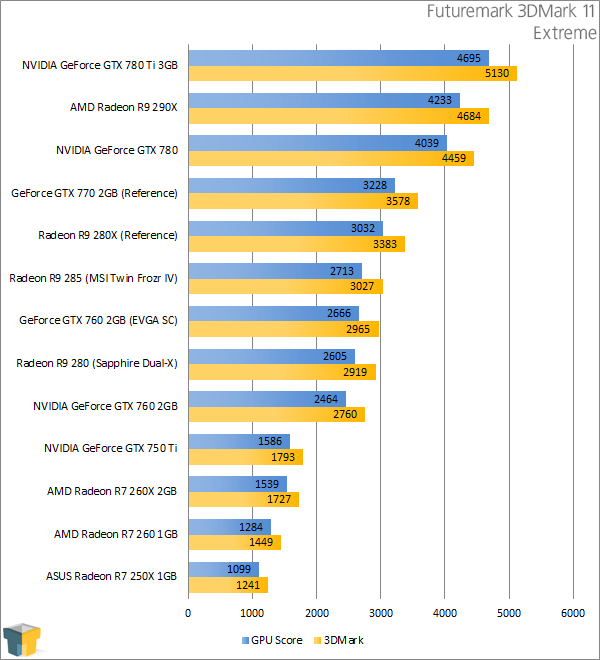
Given all we’ve seen throughout the course of the review, the R7 250X’s landing in last place should come as no surprise. Of course, it’s the only GPU we’ve tested that sits at the $100-or-under mark, with the R7 260 1GB right above it costing $10 more – as far as SRP is concerned, anyhow.
Unigine Heaven 4.0
Unigine might not have as established a name as Futuremark, but its products are nothing short of “awesome”. The company’s main focus is its game engine, but a by-product of that is its benchmarks, which are used to both give benchmarkers another great tool to take advantage of, and also to show-off what its engine is capable of. It’s a win-win all-around.
The biggest reason that the company’s “Heaven” benchmark is so relied-upon by benchmarkers is that both AMD and NVIDIA promote it for its heavy use of tessellation. Like 3DMark, the benchmark here is overkill by design, so results are not going to directly correlate with real gameplay. Rather, they showcase which card models can better handle both DX11 and its GPU-bogging features.
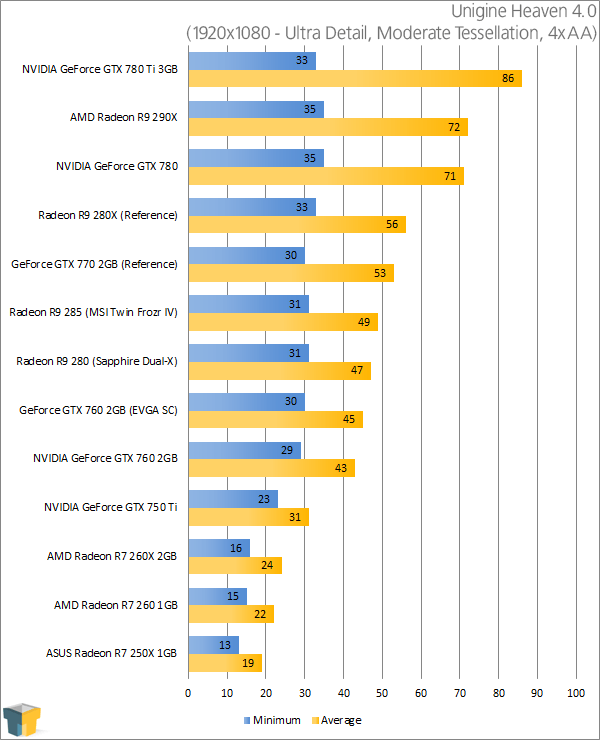
Alright, if we keep pointing out the R7 250X’s weaker performance, we’re bound to embarrass it. Let’s tackle the conclusion.
Support our efforts! With ad revenue at an all-time low for written websites, we're relying more than ever on reader support to help us continue putting so much effort into this type of content. You can support us by becoming a Patron, or by using our Amazon shopping affiliate links listed through our articles. Thanks for your support!




